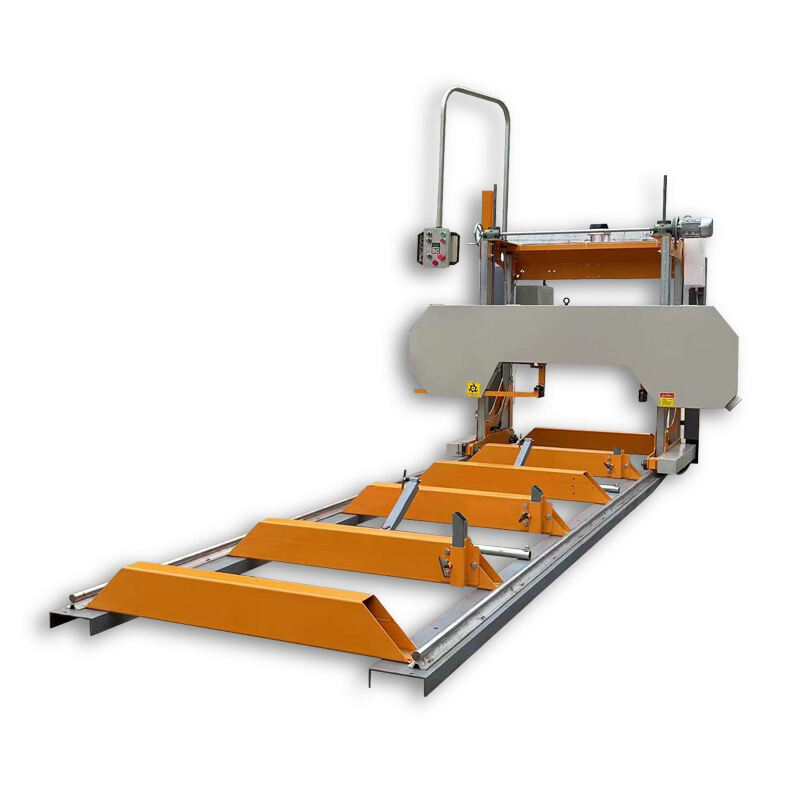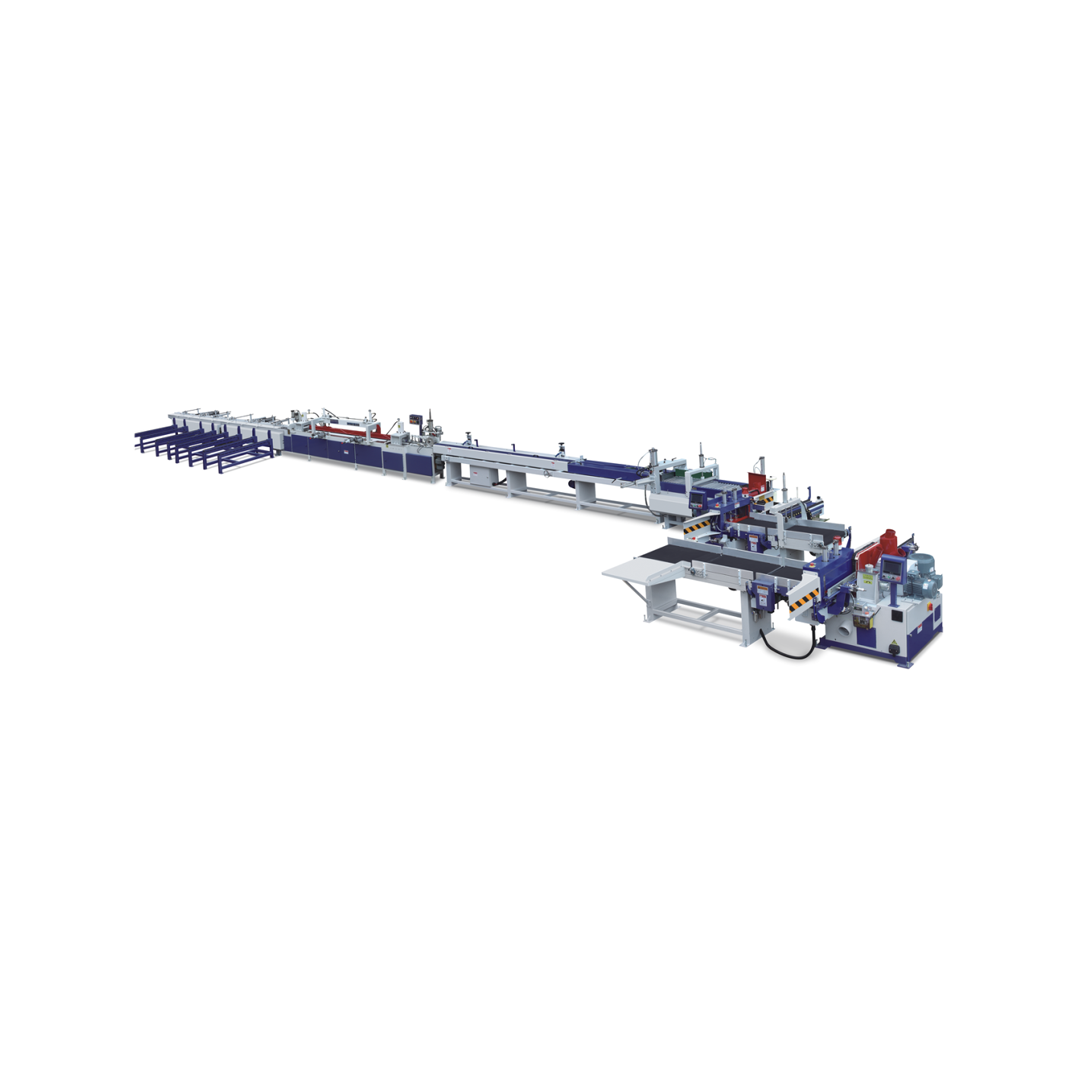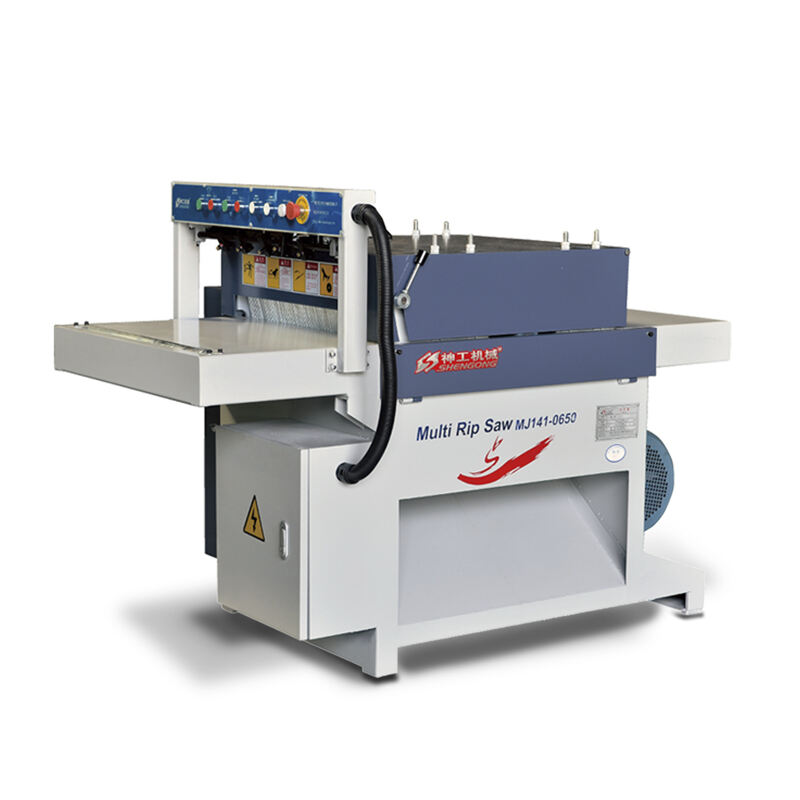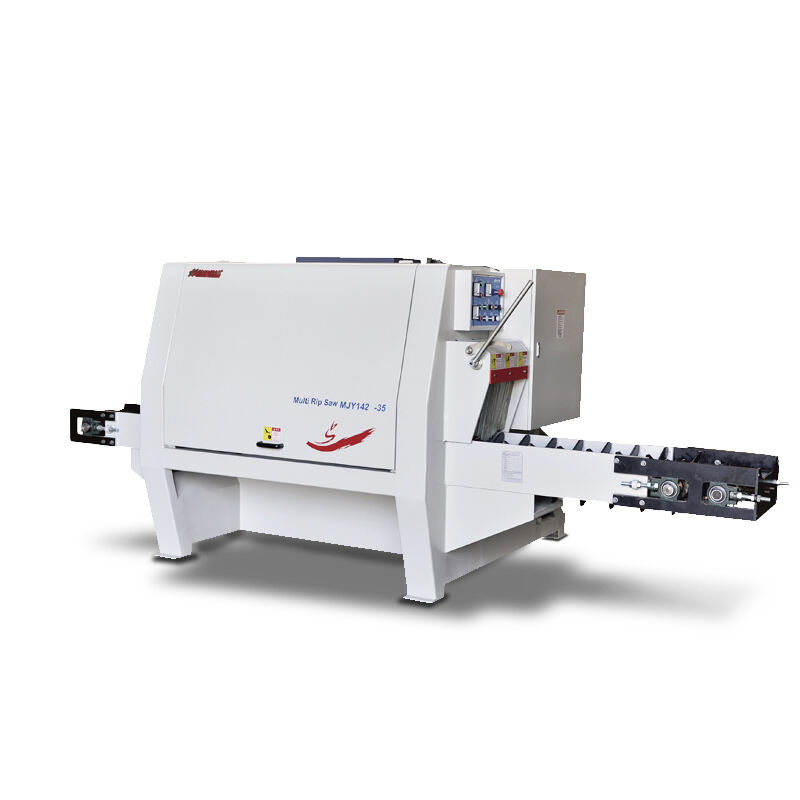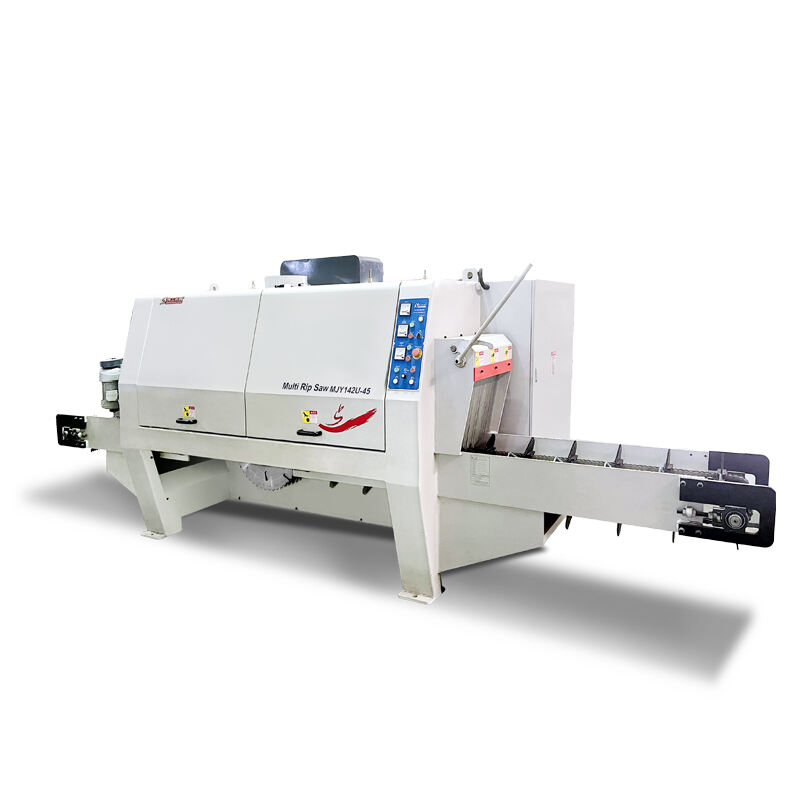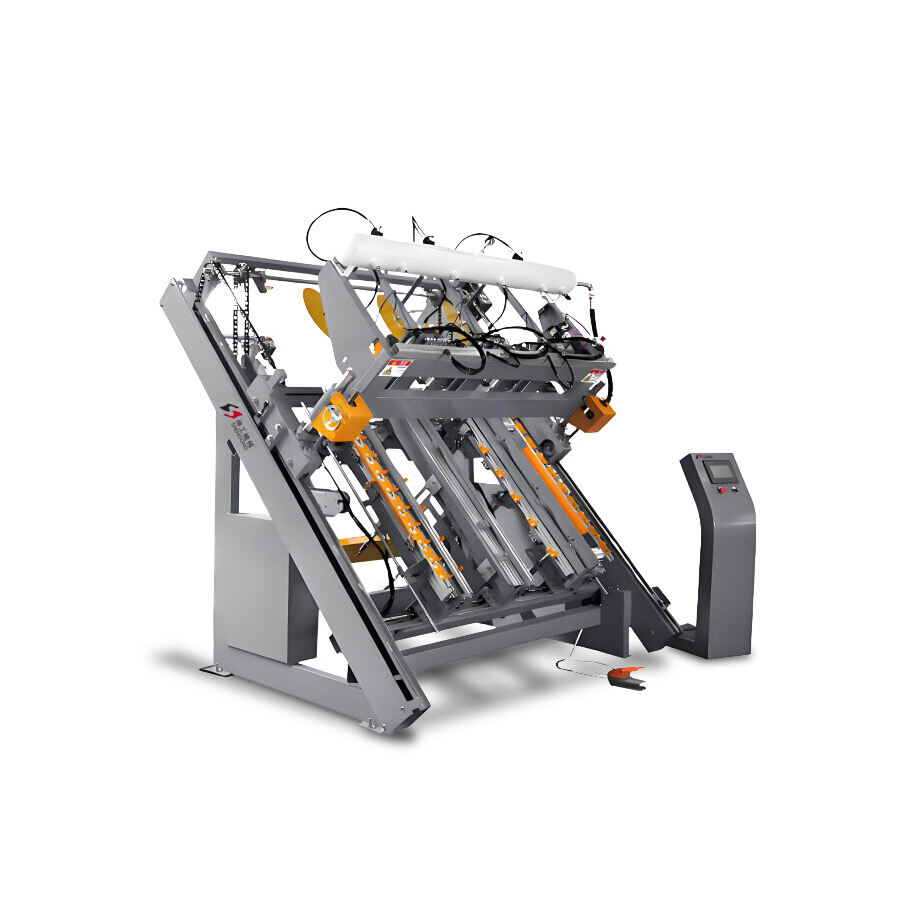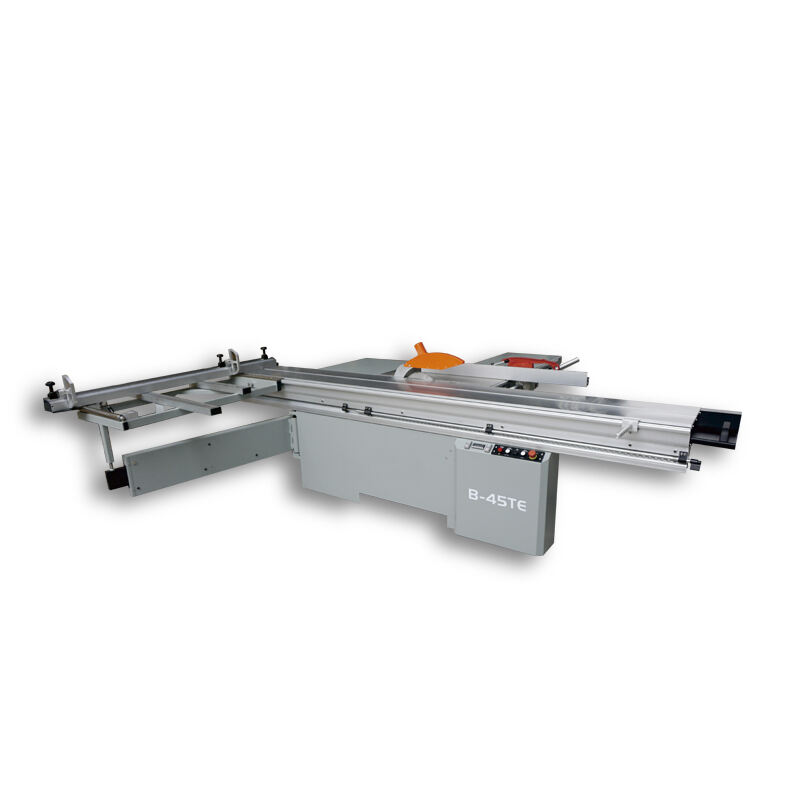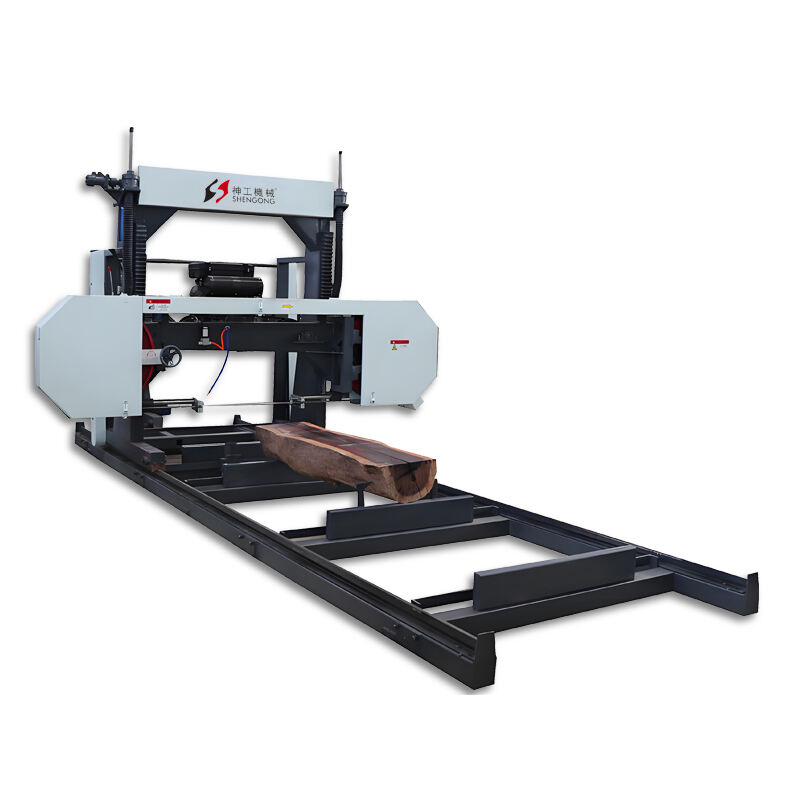Key features to focus on when selecting a band saw
When you plan to choose a band saw for high-end woodworking tasks, features that ensure precision and durability must be given top priority. A sturdy body frame can minimize vibrations during complex cutting, and an adjustable blade guide device can enhance the accuracy of cutting. Look for models with variable speed control, so that you can easily handle different materials, whether it is hardwood or thin wood sheets. The kerf width determines the maximum width of the workpiece that can be processed, so you need to choose an appropriate size according to the needs of your project. In addition, a reliable dust collection system is also very important. It can not only keep your workspace clean but also extend the service life of the saw blade. For example, if you want to make a delicate wooden handicraft, a stable band saw body and accurate guidance can cut out beautiful shapes, and a good dust collection system can make the working environment more comfortable.
Selecting the right saw blade for precise cutting
In fine woodworking, the choice of the saw blade plays a crucial role in creating a perfect finished product. Wider saw blades (1/2 inch and above) can maintain stability when cutting thick wooden boards and are suitable for straight cutting; while narrower saw blades (1/8 inch) are good at cutting curved shapes. The number of teeth affects the quality of the cutting surface. Saw blades with a higher number of teeth per inch (TPI) can cut smoother edges when processing delicate materials. Carbide saw blades can stay sharp for a long time, reducing the trouble of frequent blade replacement. Be sure to match the specifications of the saw blade according to the hardness of the materials used in the project and the complexity of the cutting. For example, if you are making a carved wooden ornament, you need to use a narrow saw blade and a saw blade with a high TPI to cut out delicate patterns.
Evaluating motor power and kerf width
The motor power of the band saw is directly related to whether it will stall when cutting hard hardwood. For most professional uses, a motor with a power of 1.5 to 3 horsepower is more suitable. The kerf width, that is, the distance from the saw blade to the body frame, determines the maximum cutting width. If you are making furniture or large-scale wood carvings, it is best to choose a band saw with a kerf width of more than 14 inches. If you often need to saw thick wooden boards into thin ones, you also need to consider the resaw height, because this requires a certain vertical space. For example, when making large solid wood furniture and needing to cut thick wooden boards, sufficient motor power and an appropriate kerf width are required to complete the work smoothly.
The importance of the dust collection system
High-end woodworking tasks require a clean working environment to ensure the quality of the finished product. Integrated dust collection ports that can be connected to a vacuum system can capture up to 90% of the wood chip particles in the air. Choose a band saw with sealed ball bearings and a closed base to prevent wood chips from entering the mechanical components. Efficient dust collection management can not only make the vision clearer during cutting but also reduce respiratory hazards and extend the service life of the machine. Imagine working in an environment full of wood chips, which is not only uncomfortable but may also affect the cutting accuracy. A good dust collection system can avoid these problems.
Safety features essential for professional workshops
In heavy woodworking operations, advanced safety devices are essential. When the band saw is running, the saw blade guard should be able to completely cover the upper and lower saw wheels. The emergency stop button and the foot brake can make the machine stop immediately in case of dangerous situations such as kickbacks. Ensure that the machine has a stable saw blade tensioning system to prevent the saw blade from slipping, and also ensure that the saw blade tracking adjustment device is easy to operate. Regular safety inspections of electrical components can further reduce the risks in the workplace. For example, if the saw blade suddenly loosens during the cutting process, the safety device can play a role in a timely manner to avoid accidents.
Maintenance tips for maintaining long-term good performance
Continuous maintenance can keep the band saw performing at its best for many years. Lubricate the guide bearings every month to reduce friction and heat accumulation. Before starting each project, use a square to check the alignment of the saw blade. Replace the worn rubber rings of the saw wheels in a timely manner to prevent uneven wear of the saw blade. Coil up the saw blade and store it in a dry place to avoid rusting, and clean the workbench surface after each use to prevent resin accumulation. Also, regularly check the motor brushes and belts for signs of wear. Just like maintaining a car, regularly maintaining the band saw can make it serve you better.
Enhancing project quality with the right band saw
A carefully selected band saw can enhance woodworking skills, allowing you to create complex mortise and tenon joint structures and achieve precise repetitive cutting. Using a circle cutting jig can cut perfect curves on table legs or decorative parts. The resaw function can cut symmetrical thin wood sheets from a single wooden board for splicing, creating beautiful patterns. For inlay work, combining a thin saw blade with a zero-clearance insert can minimize wood tearing. By mastering advanced techniques such as bevel cutting and resawing of thin wood sheets, woodworkers can create museum-quality furniture and architectural decoration details. For example, when making a beautiful wooden cabinet door with an inlaid pattern, the right band saw and techniques can make the pattern perfectly presented.

